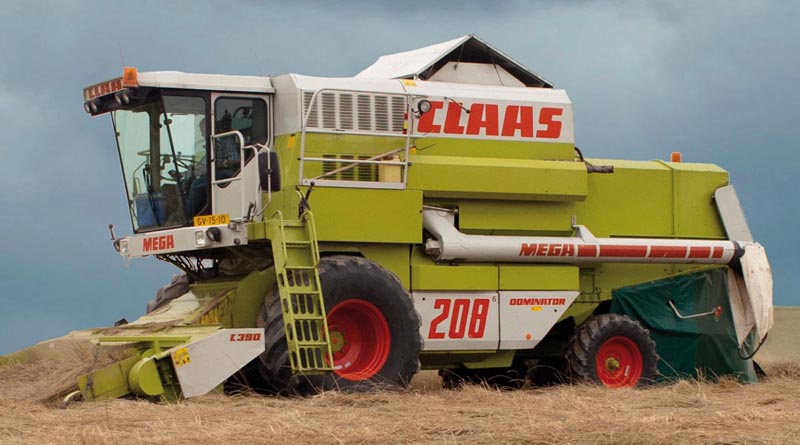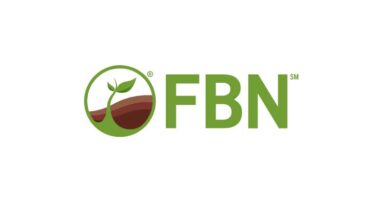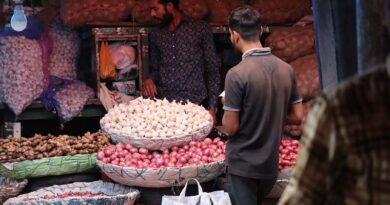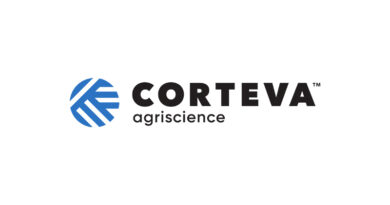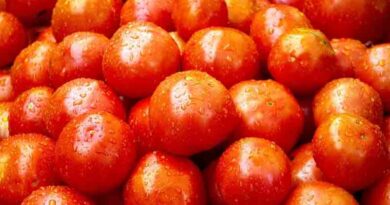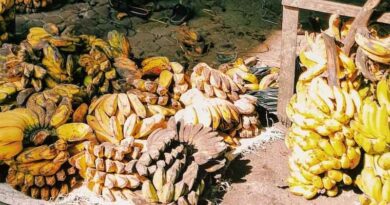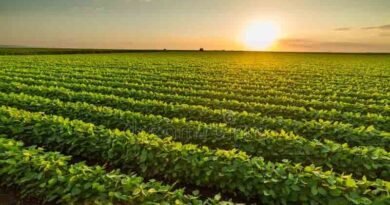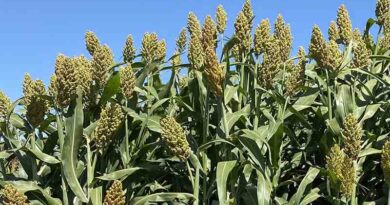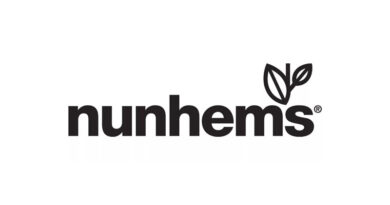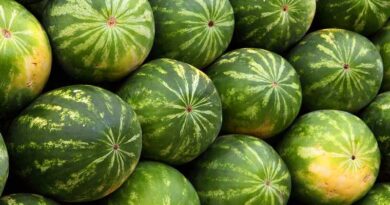A troubling year of drought, floods, and soaring inflation
14 October 2023, US: Grass-seed consumption during the past year has been slower than during the two previous years when COVID-19 forced people to stay at home and devote more time to their gardens. Now that we’re back to normality, seed consumption has returned to typical levels. Inevitably, there are other issues to worry about. Inflation, which has fallen from its highest levels, continues to be a concern, driven primarily by rising gas, electricity, and overall consumer prices. Inflation is still far higher than people are used to, which is why it continues to dampen consumer spending and reduce trade activity. As always, the weather plays its part in the seed industry. Last year we enjoyed an exceptional harvest with abundant yields and excellent dry storage conditions. Not so for the 2023 seed production year, which offers a stark contrast to the success of the previous year.
Yields down; production costs up
The total grass-seed acreage for the 2023 harvest was down, and we expect it to decrease even further for the 2024 crop. On top of that the seed yield per hectare for crop 2023 was considerably below the five-year average.
Farming costs are a factor influencing production. The costs of cultivating one hectare of grass seed have reached unprecedented levels. Fertilizer prices for this year’s crop were at an all-time high, as were the costs of plant-protection products, diesel, labour, and other essential inputs. Finally, an extraordinary wet end to the season increased the costs of harvesting and drying the seed afterwards.
Seed production by country
Denmark
- Yields from the 2023 seed harvest will be about 70% of the five-year average.
- The combination of a two-month drought during May and June, followed by a record wet harvest in July and August, has led to a substantial lowering of seed yields and an increase in harvesting and drying costs.
- The seed-production area for 2023 is 10% smaller than it was for 2022. We expect that the 2024 acreage will be about 25% less than for 2023, we’ll be looking at an overall 30% reduction on the 2022 acreage.
- White clover seed yield for harvest 2023 is 50% of the five-year average.
- Yield indexes for Kentucky blue grass turf type and perennial ryegrass are at 65%, but red fescue yields were less affected.
The Netherlands
- The Netherlands has experienced the same wet harvest as Denmark.
- Late perennial ryegrass and turf tall fescues are the species that have been worst affected.
- The seed yield index is expected to average 85%.
- The seed-production acreage has decreased by 25% (compared to 2022) and is expected to decline even further in 2024.
Germany
- Low seed yield due to rain and a difficult harvest.
- The seed-production acreage is down.
Poland
- Low seed yield due to rain and a difficult harvest.
- The seed-production acreage has been reduced.
- Contracting of future seed production is challenging because farmers are switching to other crops.
- In particular, the total acreage dedicated to Westerwold ryegrass, Italian ryegrass, and red clover has been reduced.
Czech Republic
- The 2023 seed crop is close to the five-year average yield.
- Contracting of future seed production for annual ryegrasses is particularly challenging due to competition from alternative crops.
France and Italy
- The alfalfa harvest in Italy was significantly down with a major drop in seed yields.
- In France the alfalfa yields seems to be slightly better than previous years.
- Annual clovers were adversely affected by drought, leading to reduced seed yields.
- There are hardly any carry-over stocks for legumes from the previous season.
- In France, there has been a substantial reduction in the production area of red clover.
US and Canada
- Overall, a disappointing 2023 harvest.
- Red fescue seed yield will be 50% compared to the five-year average.
- The US perennial ryegrass yield is 70% compared with the five-year average.
- The US tall fescue yield is 95%, while the overall production area is down by 18% compared to last year.
- In 2024, the total seed-production area in the US is projected to be 20% lower than it was in 2023.
New Zealand
- Seed yields have been close to the five-year average.
- The total acreage for the upcoming 2024 seed crop will be 20% less than in 2023.
Spring and summer highlights – a recap
- Unpredictable weather, fluctuating between drought and flood, has created extremely unfavourable conditions (particularly during the critical pollination period) resulting in a severely diminished crop across Europe.
- Erratic and unpredictable weather significantly hampered the overall harvest, leaving many growers struggling to salvage a crop from their fields.
- A dramatic reduction in area devoted to grass seed production.
Current stock situation
We do have stocks, especially in the consumer turf supply chain where there’s reduced demand. But this situation will swiftly change when the European harvest estimate, currently at an index of 80, becomes a reality. And since we know that the area of production is decreasing worldwide, stock levels in warehouses across Europe will fall accordingly.
We are currently facing a shortage of Westerwold ryegrass. The best way for customers to overcome this shortage is to replace Westerwold with Italian ryegrass or forage perennial ryegrass, two excellent alternative grasses.
For turf users, a good way to deal with the poor seed yields for turf perennial ryegrass is to increase the proportion of red fescue in their amenity mixtures.
Plan now for the seed you need
The prospect of further reductions in land devoted to grass-seed production may lead to seed shortages sooner than expected. Therefore, it is essential to closely monitor your stocks and plan your expectations of demand.
This year, we expect longer lead times for shipments. To avoid delays we recommend placing orders early and providing us with a shipping plan as soon as you can. By planning ahead, you’ll receive seed when you need it, not when we are able to supply it.
Advice whenever you need it
The more you know, the easier it is to plan. So please make use of our market insights by catching up with us at the forthcoming Euroseeds Congress in Malta where we’d be delighted to talk about any aspect of seed growing and supply.
Or you can speak to your local DLF sales representative at any time. We’re here to help face-to-face, over the phone, or online where you can explore a wide range of opportunities in forage and turf solutions
(For Latest Agriculture News & Updates, follow Krishak Jagat on Google News)

